
- 1565
- ...
- 1566
- ...
- ...
- 1568
- ...
- 1617
- 1699
- ...
- 1716
- 1752
- ...
- 1802
- 1837
- 1942
- ...
- 1943
- 1965
- 2000
- 2002
- 2004
- 2008
- 2011
-
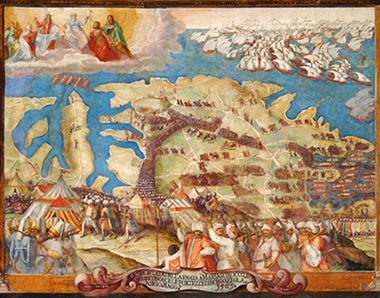
1565
Eve of 8 September: The Knights of the Order of St John and the Maltese, led by Grand Master Jean Parisot de Valette, are victorious over the Ottoman invaders. Sorely depleted and unable to face a winter the great armada of Suleiman the Great sailed away bringing an end to the Great Siege. It is said an apparition of the Blessed Virgin and an armed warrior had terrified the enemy during the night.
-
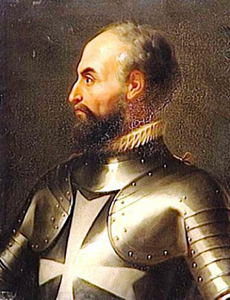
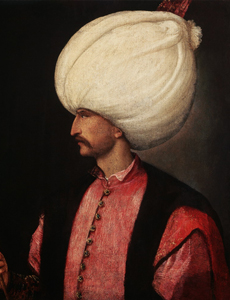
The Rival Leaders
LEFT : Grand Master Jean Parisot de Valette, 1495 - 1568, a valiant warrior who was devoted to his religion. He was Grand Master of Malta from 1557 to 1568.
RIGHT : Suleiman the Magnificent, 1494 – 1566. He ruled the Ottoman Empire for 40 years.
-
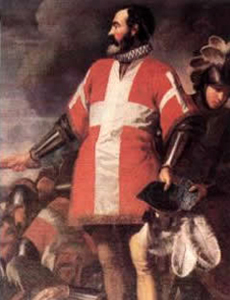
1566
28th March: Grand Master Jean Parisot de Valette, 49th Grand Master of the Sovereign and Military Order of St John of Jerusalem, of Rhodes and of Malta, lays the foundation stone of the new fortress city, later to bear his name, Valletta.
-
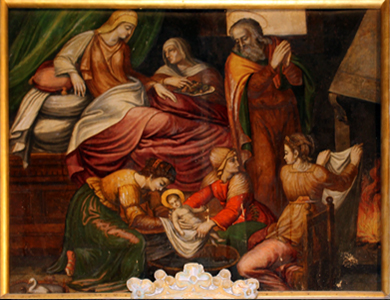
1566
In thanksgiving for their victory, Grand Master de Valette and the Order decree that a church should be the first building of Valletta. They dedicate it to the Nativity of the Virgin, a feast which is celebrated on the 8 September each year by the Roman Catholic Church. De Valette personally funds its construction. The Titular Painting behind the main altar depicts the birth of the Blessed Virgin and is said to be original to the first church.
-
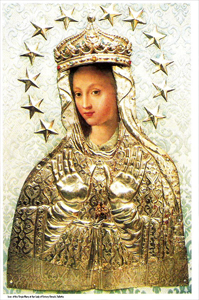
1566
Byzantine icon of unknown origin. With an engraved silver riza, ‘Our Lady of Victory’ is painted on copper.
It is said to have been donated to the church by Grand Master Adolf de Wignacourt who was grand master of Malta between 1601 – 1622
-
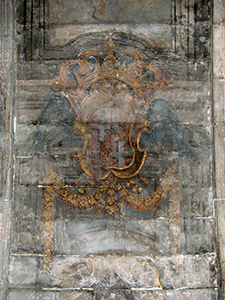
1568
21 August: Death of Grand Master de Valette who fell ill of a fever after hunting at St Paul’s Bay. According to his wishes he is buried in the Crypt of the church until his remains were removed by his successors to the new Cathedral of St John.
Left image represents the coat of arms of de Valette painted on the vault which is undergoing restoration.
-
1568
Translation from the Latin inscription on the Grand Master’s tomb in St John’s Cathedral. This dedication was composed by de Valette’s Latin Secretary, Sir Oliver Starkey, the last knight of the English Langue at the time of the Great Siege.
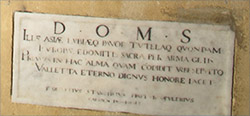 Here lies La Valette,
Here lies La Valette,
Worthy of eternal honour,
He who was once the scourge of Africa and Asia,
And the shield of Europe,
Whence he expelled the barbarians by his Holy Arms,
Is the first to be buried in this beloved city,
Whose founder he was. -
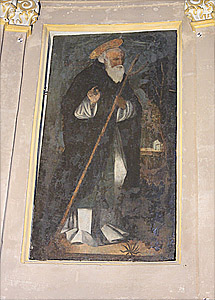
1617
The church is made a Parish of the Order of St John and it is dedicated to St Anthony Abbot. The Order continued to embellish it with numerous works of art.
The image is of the ‘Mater Boni Consilii’, a rare cultic painting donated to the church by Grand Master Emanuel Pinto de Fonseca.
-
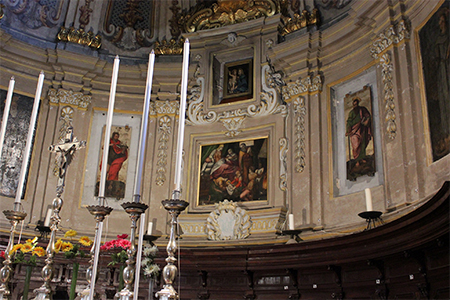
1699
By 1699, Grand Master Ramon Perellos y Roccaful had enlarged its apse. The paintings on each end above the altar show St Anthony Abbot and St Anthony of Padova. These were brought to Malta in 1530 by the Knights of Malta after Charles V gave the island to the Order as its stronghold.
-
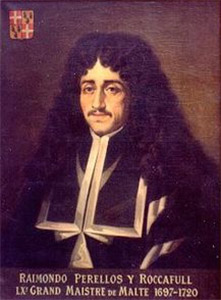
Grand Master Perellos y Roccafull was Grand Master in Malta between 1697 and 1720
-
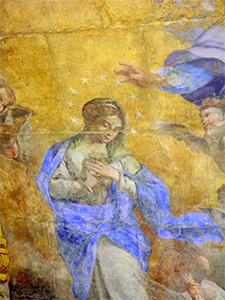
1716
Grand Master Perellos commissions the Maltese artist, Alessio Erardi to paint the vault with monumental scenes depicting the Life of the Virgin.
Erardi finishes the vault in two years.
-
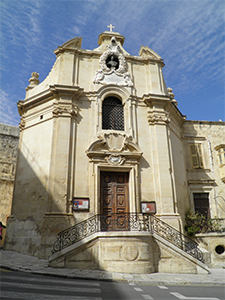
1752
The Bailiff of Majorca, Fra Ribas de Montelieu, on the orders of Grand Master Pinto de Fonseca, enlarges the front entrance embellishing it with its beautiful baroque façade.
A bronze bust of Pope Innocent XII, Antonio Pignatelli, sent as a gift earlier to the Grand Master by the same pope, stands over the entrance.
-
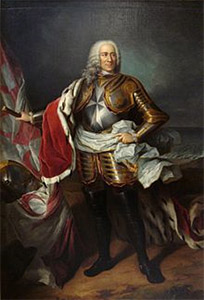
Grand Master Emanuel Pinto de Fonseca was Grand Master from 1741 to 1773
-
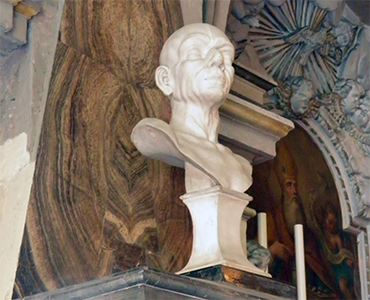
1802
The funerary monument to the last Venetian Grand Admiral, Angelo Emo is erected. Emo died in Malta in 1792 while on a naval mission and willed that his heart be buried here. The rest of his remains are buried in Venice.
The sarcophagus is the work of the Maltese sculptor Vincenzo Dimech
-
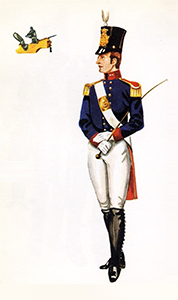
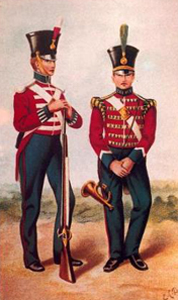
1837
The church becomes Garrison Church to the Royal Malta Fencibles, (1815 – 1861) later the Royal Malta Artillery.
-
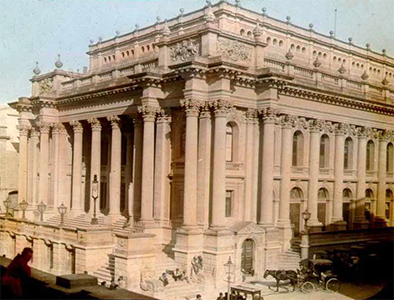
1942
April 23: In a night of heavy air raids, a blast from a bomb that destroyed the Royal Opera House nearby also damages the church ceiling. By a miracle it does not fall.
-
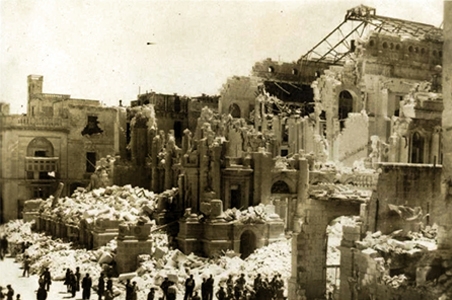
1942
Royal Opera House in ruins
-
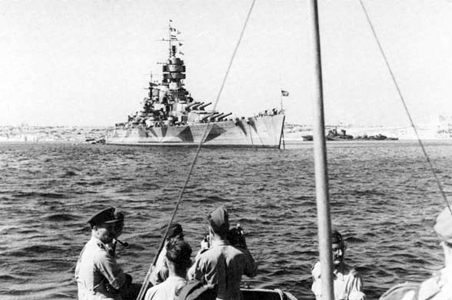
1943
September 8: The Italian fleet surrenders to the Allied Forces outside Malta. The date acquires a double significance for the Maltese. The Church is now that of ‘Our Lady of Victories’.
-
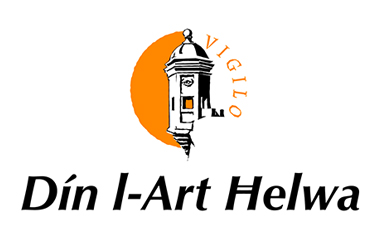
1965
July 9: Din l-Art Ħelwa (national trust of Malta) was founded as a voluntary not-for-profit organisation. Its mission is to safeguard the historic and natural heritage of the Maltese Islands.
-
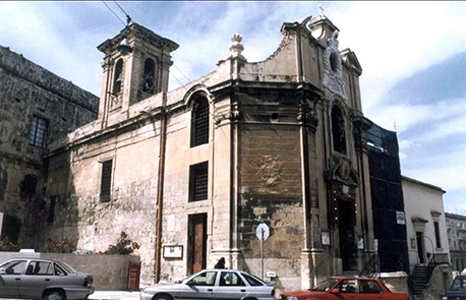
2000
Valletta Rehabilitation Committee and Din l-Art Ħelwa campaign to restore the neglected church which has immense spiritual, historical and artistic significance for the island.
-
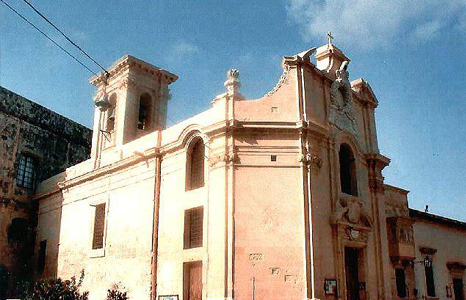
2002
Its external masonry and roof are restored by the Valletta Rehabilitation Committee with the financial support of PwC Malta and the efforts of Din l-Art Ħelwa.
-
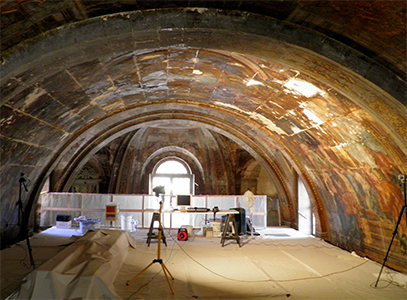
2004
Work starts to save its ceiling paintings by Alessio Erardi.
Painted between 1716 and 1718, neglect, water infiltration, damp and a bomb blast had left their mark.
-
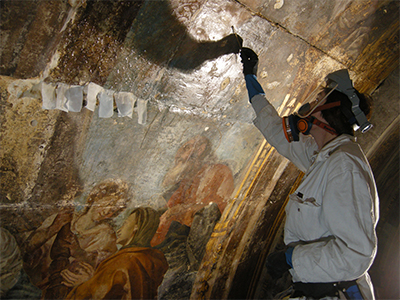
2008
By 2008, through the efforts of the Valletta Rehabilitation Committee, conservation by the Courtauld Institute of Art had succeeded in saving three important segments of the vault.
Image shows Lisa Shekede, Senior Conservator at work.
-
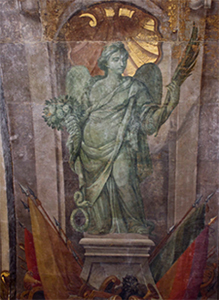
2011
Sept 8: The government of Malta entrusts the church in guardianship to Din l-Art Ħelwa, national trust of Malta, striking another victory for the cultural patrimony of the Maltese Islands.
Image of the classic allegory of ‘Victory’ from the Alessio Erardi vault paintings, after restoration.
The pastoral functions of the church carry on daily. The Reverend Monsignor Dun Anton Galea has held the office of Rector of the Church for over 20 years.





